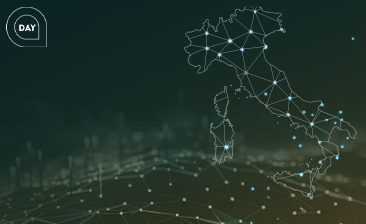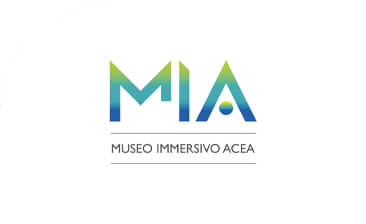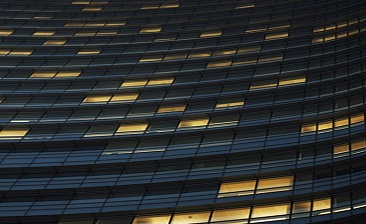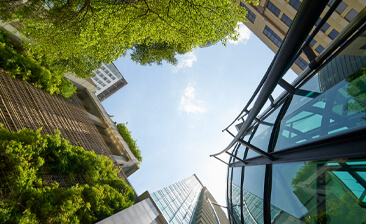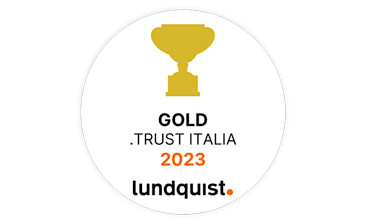Towards an increasingly digital, innovative and sustainable company
Our introduction of the Workforce Management (WFM) system, a digital computerised platform, enabled the real-time coordination and monitoring of all Acea Group activities. We created MyAcea, the reserved online area whereby water, electricity and gas utilities can be managed from a single account, without the need to visit a branch office.
In 2017, through the Acea Business Plan, a strategy was introduced aimed at strongly supporting infrastructural and technological investments in the water and electricity sectors, with special attention to sustainable development for the environment and for people.
During the same year Acea dealt with one of the most serious water crises. Extraordinary maintenance interventions ensured continuity of the service for residents also thanks to an awareness campaign for responsible resource management.
The logo’s restyling launched Acea into the digital world.
During the year 2019 Acea made its entry into the gas distribution sector and laid the bases for construction of the Peschiera Aqueduct’s second line, thereby securing the Capital’s water requirements. Moreover, Acea Innovation was set up, a company operating in value-added services for ecological transition and electric mobility. Following the finalisation of photovoltaic plant acquisitions, Acea resumed its growth in the renewable energy market, with the aim of contributing to decarbonisation and energy transition, and entered the plastic treatment segment, confirming the role performed in the waste treatment cycle.
